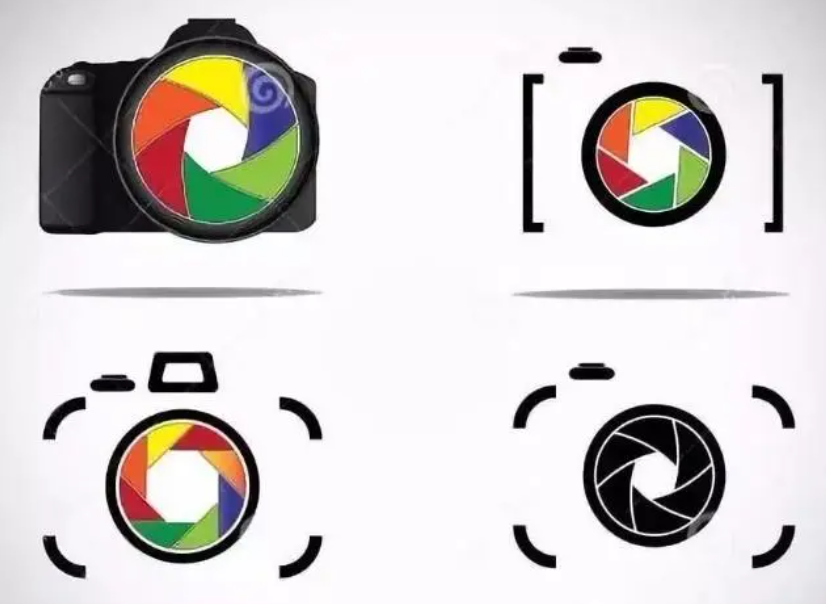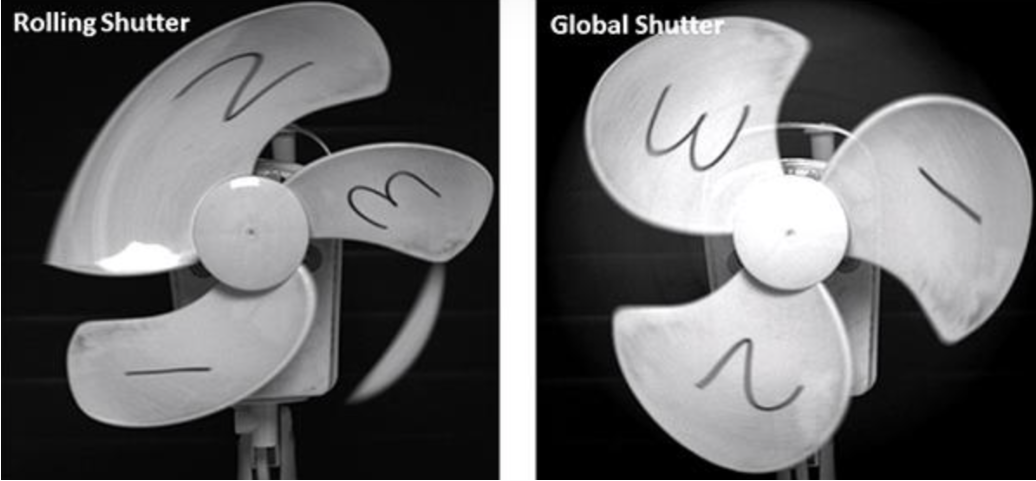In the world of digital photography, two distinct technologies govern the way a camera captures images: global shutter and rolling shutter. Both have their advantages and disadvantages, and understanding their differences is crucial for photographers and enthusiasts alike. So what's the difference between the two? Let’s take a look together!

Global Shutter Camera Modules: A global shutter camera module captures an entire image simultaneously. This means that all pixels on the sensor are exposed to light at the same time, and the resulting image is free from any distortion caused by moving objects or fast-paced motion. The global shutter technology captures each frame without any time delay between rows or columns of pixels. Consequently, it provides accurate representation of movement and is ideal for capturing fast-moving subjects.
Unlike global shutter cameras, rolling shutter camera modules capture images by scanning the scene row by row or column by column. This means that different parts of the image are exposed at different times, leading to the potential distortion of moving objects. The rolling shutter technology is commonly found in many consumer-grade cameras and smartphones.
The global shutter camera module is good at capturing clear images of moving objects, eliminating motion artifacts, and preventing effects such as diagonal lines or curved objects due to subject movement. It is more suitable for applications such as sports photography and action sequences. The rolling shutter camera module captures images by scanning the scene row by row or column by column. The design is simpler and is mostly used in applications such as consumer cameras and smartphones.

In summary, the choice between a global shutter camera module and a rolling shutter camera module depends on the specific requirements of the application. Global shutter cameras excel in capturing fast-moving subjects with high accuracy, albeit at a higher cost and power consumption. On the other hand, rolling shutter cameras offer a more cost-effective solution for general photography needs, although they may introduce potential motion artifacts. Ultimately, understanding the differences between these two technologies enables photographers and camera enthusiasts to make informed decisions when selecting the most suitable camera module for their needs.
Post time: May-23-2024





